Here is a list of bicycle components and equipment tweaks you can make to help you climb hills faster on your bike.
Climb Hills Faster on Your Bike – Rotating Weight
Written by Steve Hogg
The first priority has to be rotating weight, of which the wheels take up the greatest proportion on a bike. There used to be a saying along the lines of ‘an ounce off the wheels is worth a pound off the frame’. The relative proportions of this saying are inaccurate but the principle itself is true.
With the wheels themselves, the greater the distance from the centre of the hub axle, the greater the relative importance of any weight reduction because the greater the effort at the pedal to accelerate a rim than say a hub alone. This means that relatively speaking, reducing tyre, tube or rim weight is more important than reducing hub or cog weight. If your budget or interest extends to tackling hub and cogs, then by all means do so, as you still have to cart it and the rest of the bike up the hill.
With that in mind, and if hill climbing is your major competitive focus, choose the lightest tyres and tubes that you think will be durable enough to finish your races with. Light is good, but again there is a saying that ‘to win a race, you first have to finish Vittoria, Veloflex Continental and Tufo make light tubulars that have reasonable durability relative to weight.
In clinchers, Veloflex, Conti, Michelin and many others manufacture sub 200 gram tyres with probably Veloflex Pave’ and Black being the standouts for low rolling resistance and good durability while the Conti Force / Attack pairing having superior grip. Michelin have some versions of the Pro Race 2 with a grippy compound but these are not sub 200gm tyres.
The lightest tubes around that I have come across are the 55 gram Conti Supersonics, but like latex tubes they are a little fragile and care has to be taken when fitting or removing. Vittoria have just released a 55 gram butyl tube but I haven’t been able to do any real testing on them yet.
In rims, carbon offers the ultimate in weight saving but also the greatest replacement cost if damaged beyond repair. With regard to affordability, aluminium is still king and the lightest rims around are made by Ritchey, Velocity and American Classic. The American Classic 350’s are a genuine sub 360 gram rim but the heavier the rider, the heavier the spokes I would recommend that they be built with as light rims, light spokes and heavyweight riders are not a durable combination.
Still working from the periphery of the wheel inwards; some modern rims do not require rim tape which gives a saving of 16 – 18 grams over typical woven cloth rimtape. Ritchey and others make a light woven nylon rimtape and Velocity’s Veloplugs are an interesting and lighter alternative to cloth rimtape if you are using rims without eyelets
Spokes and nipples are next. Aluminium nipples save approximately 20 grams per 32 spokes and significant savings can be made with light spokes like DT’s Revolution and Aerospeed and Sapim’s Laser and CX-Ray types.
Hubs are next and to make any real savings there, the choice would have to be from smaller manufacturers who make Shimano and/or Campag compatible options that are lighter than the big names. Many rear hubs weigh this much and more on their own. They are available in both Campag and Shimano compatible versions.
Significant savings can be made with titanium or aluminium cassette stacks but they cost, particularly titanium, and don’t wear as well as the steel cogs more commonly available. As mentioned earlier though; everything on your bike has to be carted up the hills you choose to ride. Any weight saving is helpful if it doesn’t compromise safety or comfort, but weight saved at the periphery of a wheel is more beneficial than weight saved at the centre of a wheel or elsewhere on a bike.
The other thing that needs to be mentioned is that light wheels certainly help a rider climb hills but quicken steering response when descending because of reduced gyroscopic forces. This can catch some unawares.
Other Bike Components to Help you Climb Hills Faster On Your Bike
With the rest of the bike, many components can be exchanged for lighter versions but the caution here is best summed up by ‘light, durable, cheap; pick any two (I don’t know who said that but it is on the money) While wheels are the most important area where weight can be saved, anything that rotates is next in line which means pedals, cranks and bottom brackets.
Lightweight pre built wheels are another option and are available from a variety of manufacturers including Zipp, Enve, Mavic, Campagnolo, Fulcrum, Shimano, American Classic and others. Many of the commonly available pre built wheel weigh within 50 grams either side of 1500 grams without skewers. Zipp have some extraordinarily light wheels that can in some configurations come in at around the 1000 gram mark.
Don’t discount aero rims for hill climbing providing you can find light ones. At the moment this means carbon. I was reading some wind tunnel data the other day which suggests that on moderate grades riders with good power outputs can still gain an advantage with light aero wheels through reduced aerodynamic drag. Unfortunately on steeper grades where speed drops, this advantage almost disappears.
One potential concern with aero rims is when riding at speed on descents. An aero front rim can catch a lot a lot or wind and can in strong sidewinds cause a few heart in mouth moments. It is advisable to ride a lower profile rim on the front if you choose to go the light aero route
Lastly, I see more than a few riders who can just about recite a list of component weights from www.weightweenies.com but carry 5kg more ballast around their middles than they need to. Losing that extra weight will improve performance at least much as any equipment changes you make.
For more information
Check out our FREE functional strength training video course here
Climb hills faster in less than four weeks with our comprehensive 12 week training program

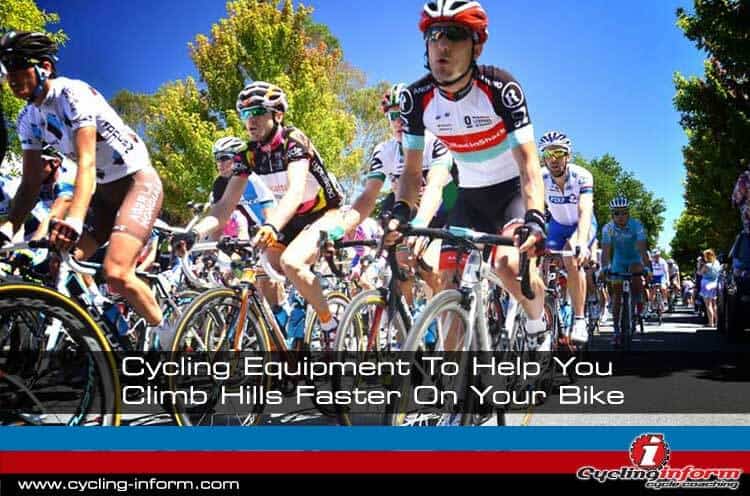
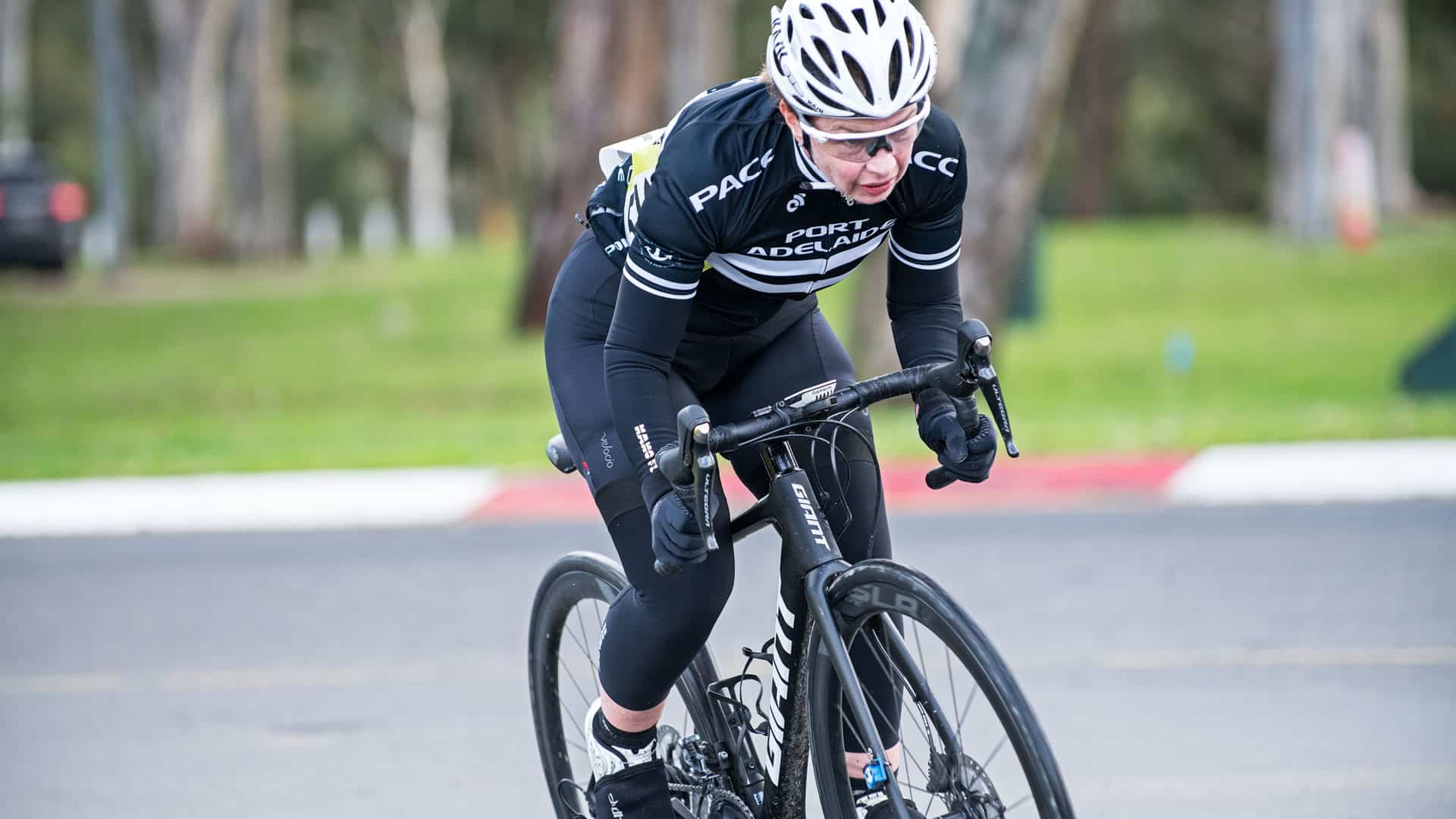
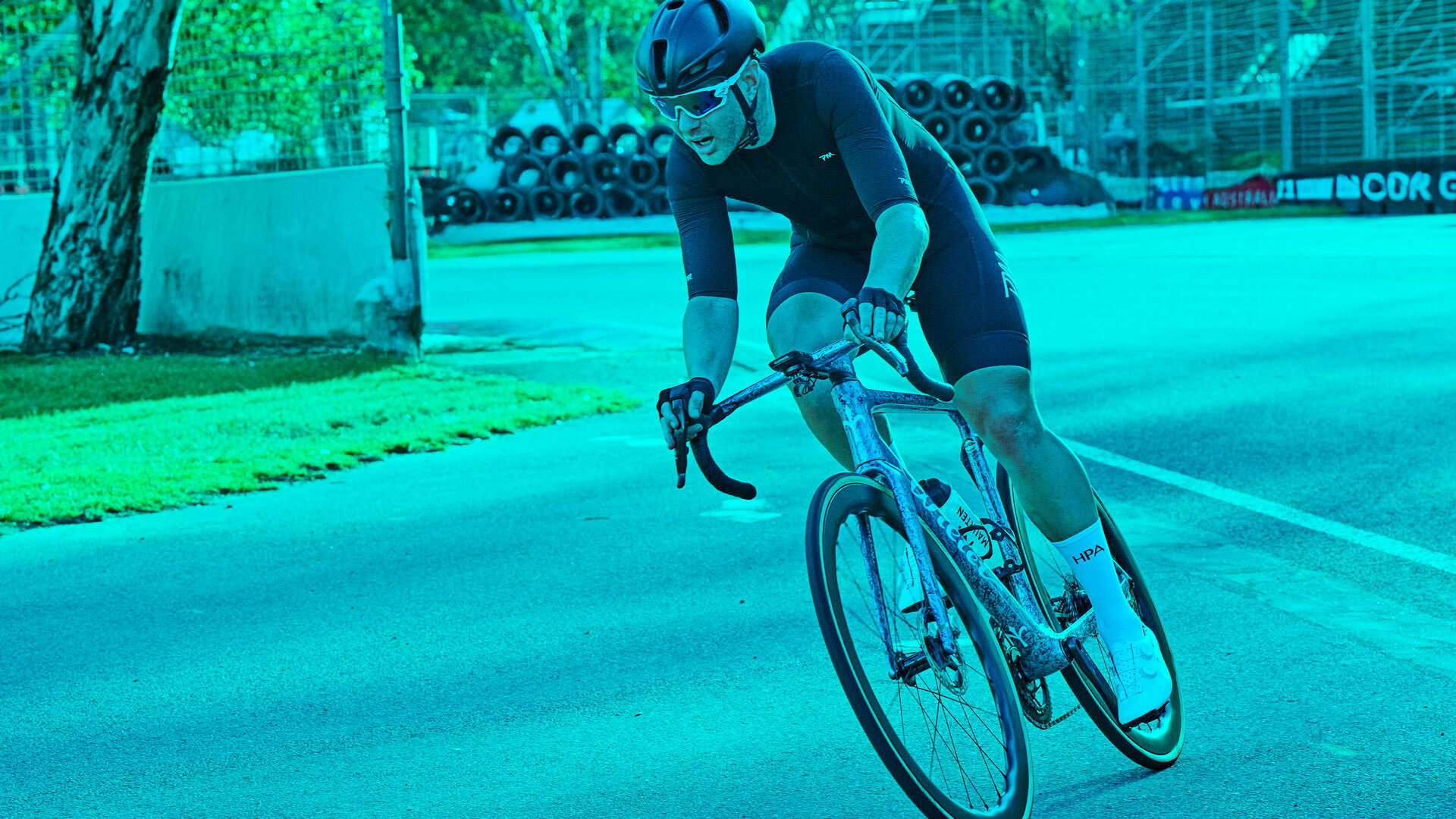
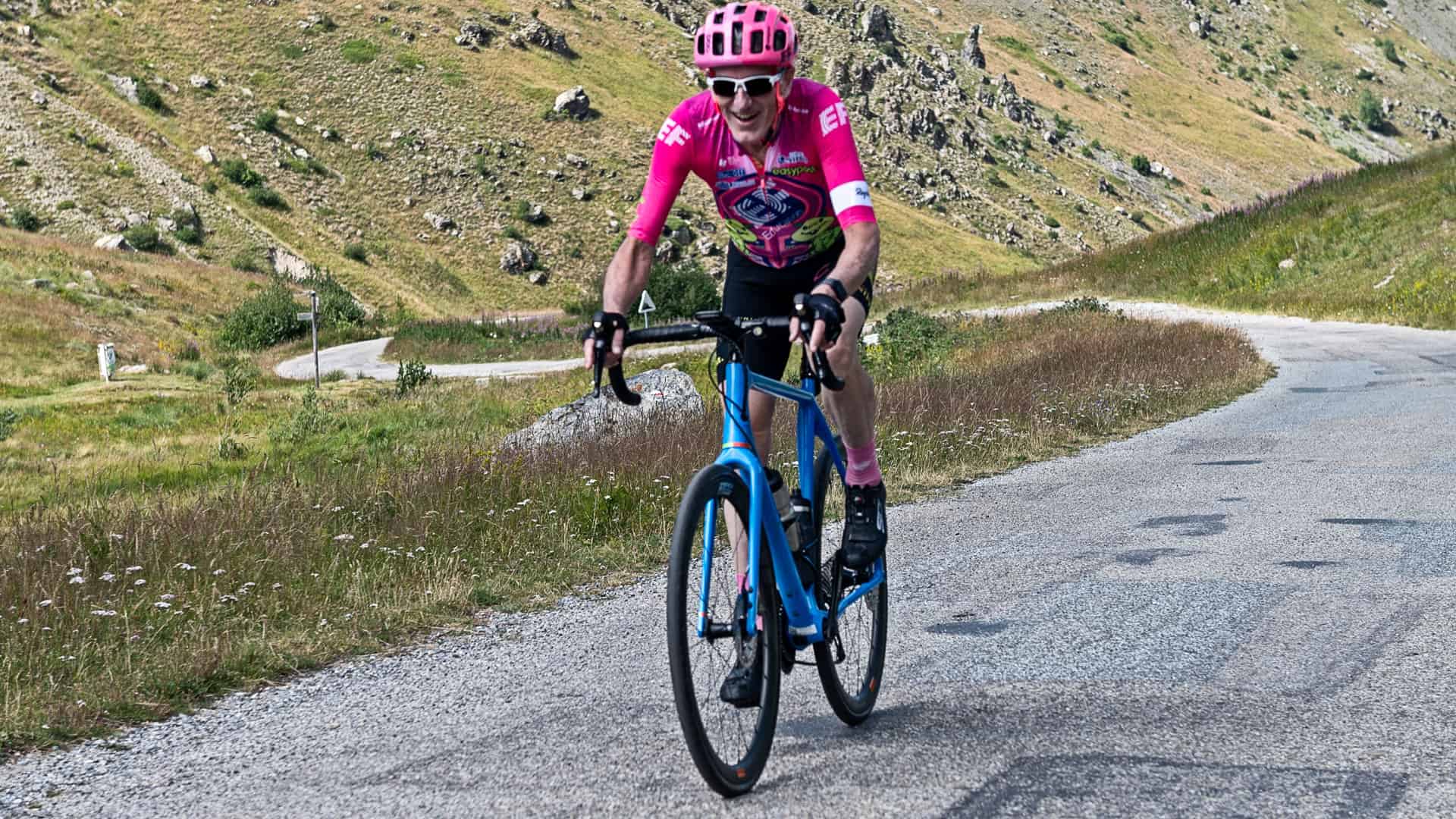
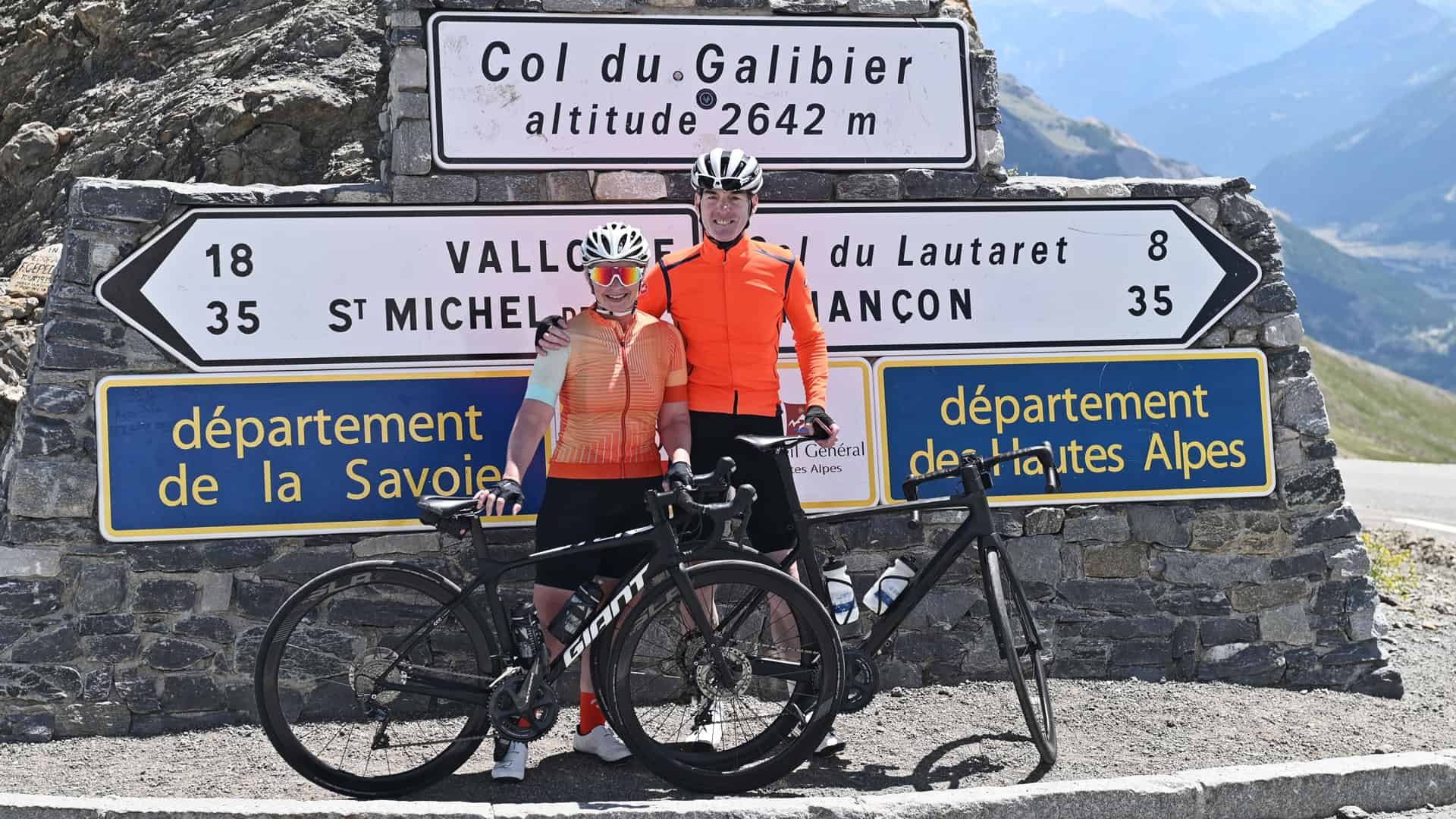
Leave A Comment